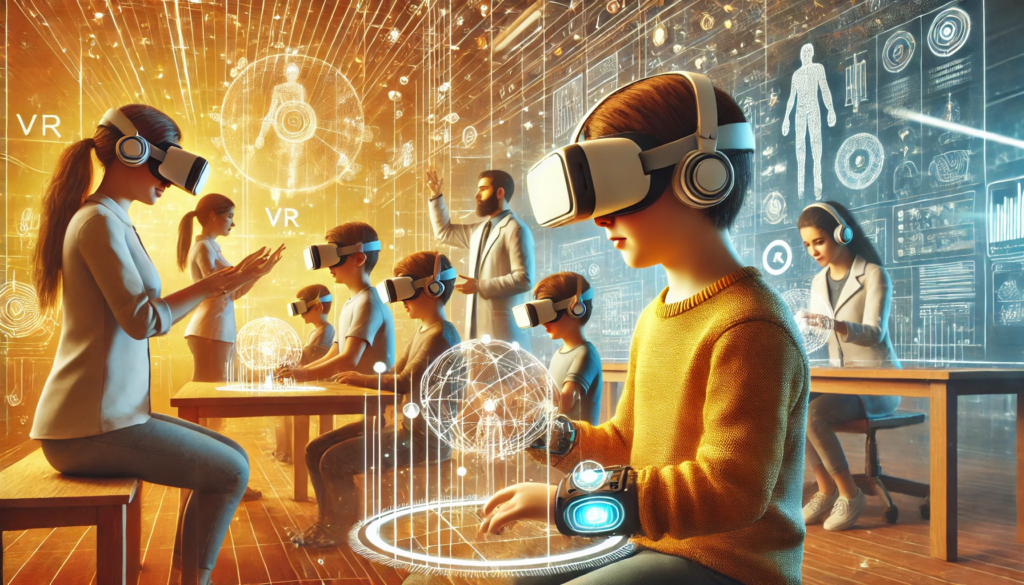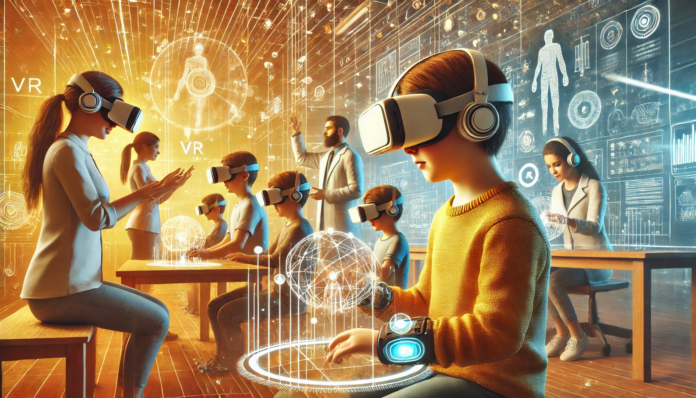
A groundbreaking systematic review recently published in the Journal of Medical Internet Research (JMIR) has revealed that virtual reality (VR) technology can significantly improve social skills in children and adolescents with autism spectrum disorder (ASD).
The research, titled “Effectiveness of Virtual Reality Technology Interventions in Improving the Social Skills of Children and Adolescents With Autism: Systematic Review” (Yang et al., 2025), analyzed 14 studies involving 279 participants aged 3-18 years.
Key Findings
The review by Yang and colleagues found that VR interventions consistently demonstrated positive effects on social skills development, with some important nuances:
- Different effects based on autism type: VR interventions showed considerably stronger improvements for individuals with high-functioning autism (HFA) compared to those with low-functioning autism (LFA).
- Immersive vs. non-immersive VR: Immersive VR proved more effective for complex social skills training, while non-immersive VR offered advantages in flexibility, cost, and accessibility.
- Duration matters: Longer-term, high-frequency VR interventions demonstrated the most significant and lasting effects on social skill development.
According to the researchers, “VR interventions have a positive effect on improving social skills in children and adolescents with ASD, with particularly significant effects on the enhancement of complex social skills in individuals with HFA” (Yang et al., 2025).
Potential Side Effects to Consider
The JMIR study highlighted some challenges, with about 43% of the reviewed studies reporting adverse effects including dizziness, eye fatigue, and sensory overload, particularly in immersive settings.
What This Means for the Autism Community
This research offers exciting implications for the neurodivergent community, supporting the need for tailored approaches that respect individual neurocognitive differences rather than applying one-size-fits-all solutions.
As the researchers note in their conclusion, “Future research should focus on optimizing VR interventions to meet the personalized needs of different subgroups of patients with ASD and conduct large-scale longitudinal studies to validate their long-term impact” (Yang et al., 2025).
Reference: Yang, X., Wu, J., Ma, Y., Yu, J., Cao, H., Zeng, A., Fu, R., Tang, Y., & Ren, Z. (2025). Effectiveness of Virtual Reality Technology Interventions in Improving the Social Skills of Children and Adolescents With Autism: Systematic Review. Journal of Medical Internet Research, 27, Article e60845. https://doi.org/10.2196/60845
